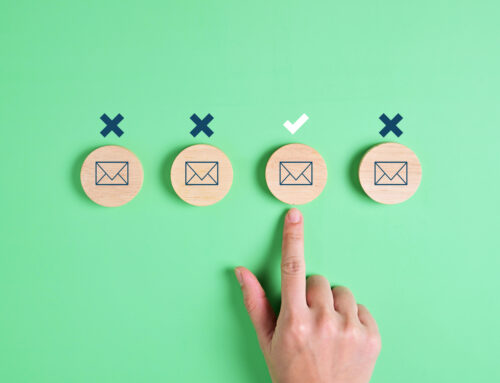 Yesterday I shared a graphic from the 2013 Nonprofit Communications Trends Report about which types of content nonprofits said they spend the most time producing, and e-newsletter articles and Facebook updates topped the list.
Yesterday I shared a graphic from the 2013 Nonprofit Communications Trends Report about which types of content nonprofits said they spend the most time producing, and e-newsletter articles and Facebook updates topped the list.
We all have too much to do, so let’s look at some ways to save a little time as you work on your e-newsletters and Facebook.
1. Use an editorial calendar, especially for the newsletter. No need to blow time on hand wringing about what to write or writer’s block. Get in the habit of sketching out the calendar at least a few weeks at a time. You can always change it as you go.
I know some people despise editorial calendars for social media because they feel like it interrupts the natural conversation, but I think you can find a happy blend. That’s what Nancy Schwartz advises too: “We’re more responsive to what’s top of mind for our [Facebook] community at the moment, but ground those timely posts with thematic content drawn from the blog and e-news,” says Nancy of her own experience.
2. Build repurposing and channel integration into the editorial calendar. When you plan to create something new (like a profile about your awesome volunteer, Jane), add it to your editorial calendar and ALSO add at least two ways you will repurpose that content into other channels, e.g. “pull out Jane’s story about her first day as a volunteer as a new blog post” and “Facebook/Tweet each of Jane’s three tips for enjoying volunteering.”
3. Start an idea bucket. You need a place where you can save stuff to use later. That way you can go back to it when you need content. Kevin Martone recommends that you collect links to stuff you find online that you might want to share in a tool like Evernote, and to also brainstorm a list of questions you can ask your community so you are ready when you need something to share.
4. Help co-workers see what helps you and what doesn’t — even if it just means opening the lines of communication. If you rely on others to give you story ideas, invest in helping them see what you need and how easy it can be to help you. Give them real examples. “In the parking lot on the way out last night, Fred mentioned that he had a meeting with Sally first thing this morning to talk about a response to that awful headline in the paper. I didn’t realize that Sally’s group cared about that too, so now I’m writing an article on the diversity of groups in the city who care about this issue too. Talk to me about what you are doing, and I’ll do all the follow-up and legwork!”
5. Send shorter email newsletters. Most of what I see is way too long. Save the time by just not writing it!
6. Get help with the design/HTML/Facebook apps — or get trained. It’s a little startling to see how much time some nonprofit communications directors spend fiddling around with email newsletter templates and Facebook apps when they really don’t know what they are doing. I know it can be hard to find the right people to help (especially for free), but it’s worth it. And if you really want to do it yourself, then make the time to do a basic training course so you have a clue. Investing 20 minutes in learning some basic HTML so you can tweak a newsletter template will save you hours of time later.
7. Use appropriate technology for the job, including scheduling. If the user interface of your e-newsletter provider is clunky and it takes you forever to do what you need to do, shop around for a new one! Use, but don’t abuse, the scheduling features for both email and Facebook that allow you to draft content now and post it later (know how to pause something that is scheduled to go out should you need to).
I also love this tip from Porter Versfelt III, shared on our Facebook Page: “Write longer posts in your word processing software before pasting into your Facebook page or e-newsletter. Too many crashes and glitches have taught me this. This method also gives you an opportunity to proof-read and spell-check your writing. Too many posts on Facebook, even those by seemingly professional and educated people, are full of bad grammar and poor spelling.”
These tips will help a great deal, but what might really be in your way is something more basic: distraction. If you constantly find yourself veering off tasks, especially when on Facebook, here are a couple of additional pointers.
8. Use a timer. I do this all the time now. I typically set it for 15 or 20 minutes. When it goes off, I ask myself, “Am I doing the right thing right now?” and “How much more time do I need to complete this task?” and I reset the timer for that, but never more than 30 minutes. Some people say to set the timer for once an hour, but I find that’s too long for me and gives me too much leeway to go off track.
9. Find what helps you focus — but leave time for play. Beth Kanter has done a lot of writing on managing distraction (including making room for it in limited quantities) and being mindful, especially when social media is a large part of your job. For example, Beth said in a Facebook thread on this topic that there are times when she is “A.D.D.” on Facebook, but she is aware of it and intentional about it, which allows her to find new and unexpected things. But she also knows when she needs to stop and focus on getting things done.
You have to find what works for you. What other tips help you get through producing your e-newsletter and Facebook updates more quickly?
P.S. Here’s another post on time management in general that I wrote a couple of years ago, and I’m still doing most of what I recommend there.





